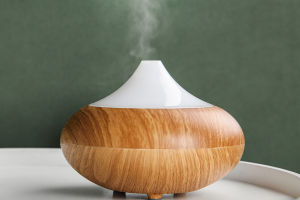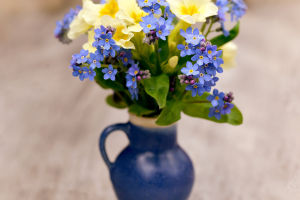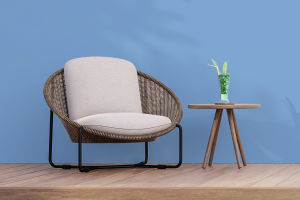The trend of natural, healthy, and organic products is on the rise! It's not just about food; even tableware is embracing the natural trend. Wooden utensils sound great, don't they?
There's no need to worry about carcinogenic plasticizers leaching from plastic materials or metal products releasing ions that could cause dementia in the elderly (although this may not necessarily be true). Sounds perfect, right?
But are wooden utensils safe?
Wood, bamboo, and similar materials, when used as tableware, have one major drawback: they are susceptible to water damage. Wood easily absorbs water, and moisture is the primary factor leading to bacterial growth and wood decay.
So, if you have bare wooden tableware that is labeled as "100% natural wood, no artificial coating," please handle it with special care: wash it immediately after use, avoid prolonged soaking in water, and make sure to store it only after it's completely dry.
If you notice any discoloration, odor changes, wear, or cracks, replace them immediately: Wooden tableware harboring bacteria is not safer than plastic products! When choosing wooden utensils, it's advisable to opt for those made from oak or mahogany, as these woods belong to the mid to high-end range and have better water resistance.
What about wooden utensils with colorful coatings?
With a layer of paint, they are water-resistant, so you don't have to worry about discoloration, odor changes, or cracking... But if these colorful coatings peel off and end up in your stomach, it's not fun.
The pigments in colored paints, used for color matching, stability, and color retention, typically contain heavy metals and organic solvents, which are carcinogenic. Once the colored coatings on utensils peel off, dissolve with heat or acid, and get ingested along with food, it's a big problem! In simple terms, wooden utensils wearing colorful coats might be more toxic than plastic!
The most common type is the one where you can see the natural color of the wood but it feels smooth as if coated. These are usually wooden utensils with "lacquer" applied. Typically, after wooden materials are made into utensils, a layer of lacquer is directly applied to the surface. Applying lacquer is like adding a protective film to the utensils, making them "waterproof," reducing the possibility of bacterial growth, and making the utensils more durable.
But isn't lacquer also a type of paint? Wouldn't it be scary to ingest it?
Don't worry, lacquer is extracted from the natural resin of lacquer trees. The main component of lacquer is urushiol, which can cause skin allergies and itching upon direct contact. However, after being applied and dried on the surface of objects, it becomes non-toxic.
If lacquer doesn't contain any additional substances, it generally complies with regulatory standards and can be safely used. When dining at Japanese restaurants and admiring the exquisite "lacquerware," you're seeing items made by repeatedly applying and processing urushiol-based lacquer.
Maintenance tips for wooden utensils:
- Use a soft sponge to gently remove grease when cleaning wooden utensils.
Never use loofahs or steel wool, and avoid washing them with utensils made of harder materials like forks, knives, or cutting boards, as they can cause the wooden utensils' surface coating to peel off or create scratches, making them prone to dirt accumulation.
- Avoid soaking wooden utensils for too long during washing. If there are food residues stuck to the utensils, soaking for 5 to 10 minutes should suffice to soften them.
- After washing and air-drying the utensils, store them in a well-ventilated, cool place. It's not advisable to store them directly in airtight cabinets. Otherwise, during periods of high humidity, especially during the rainy season, wooden utensils stored in sealed cabinets can easily absorb moisture from the air and become moldy.


